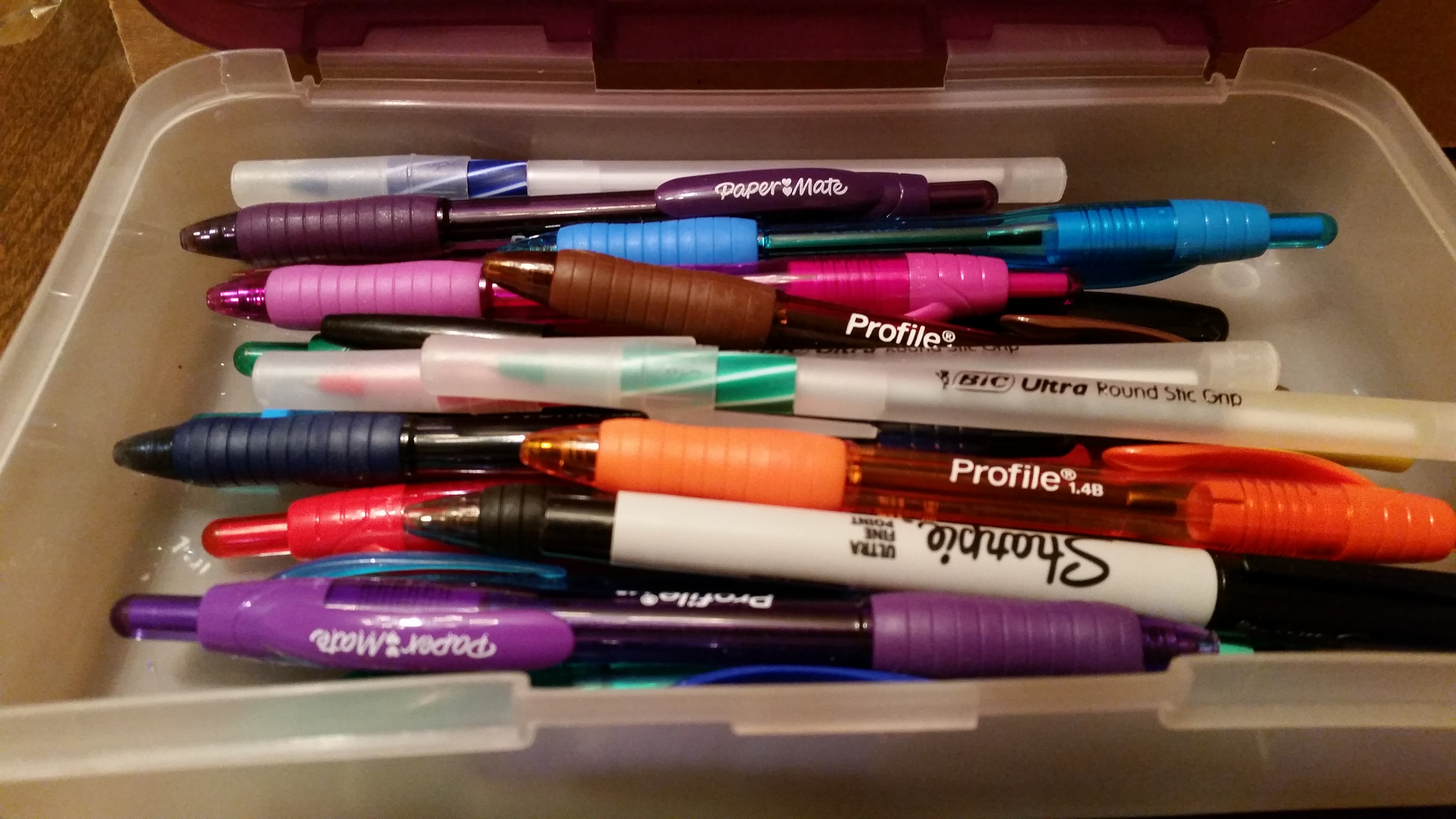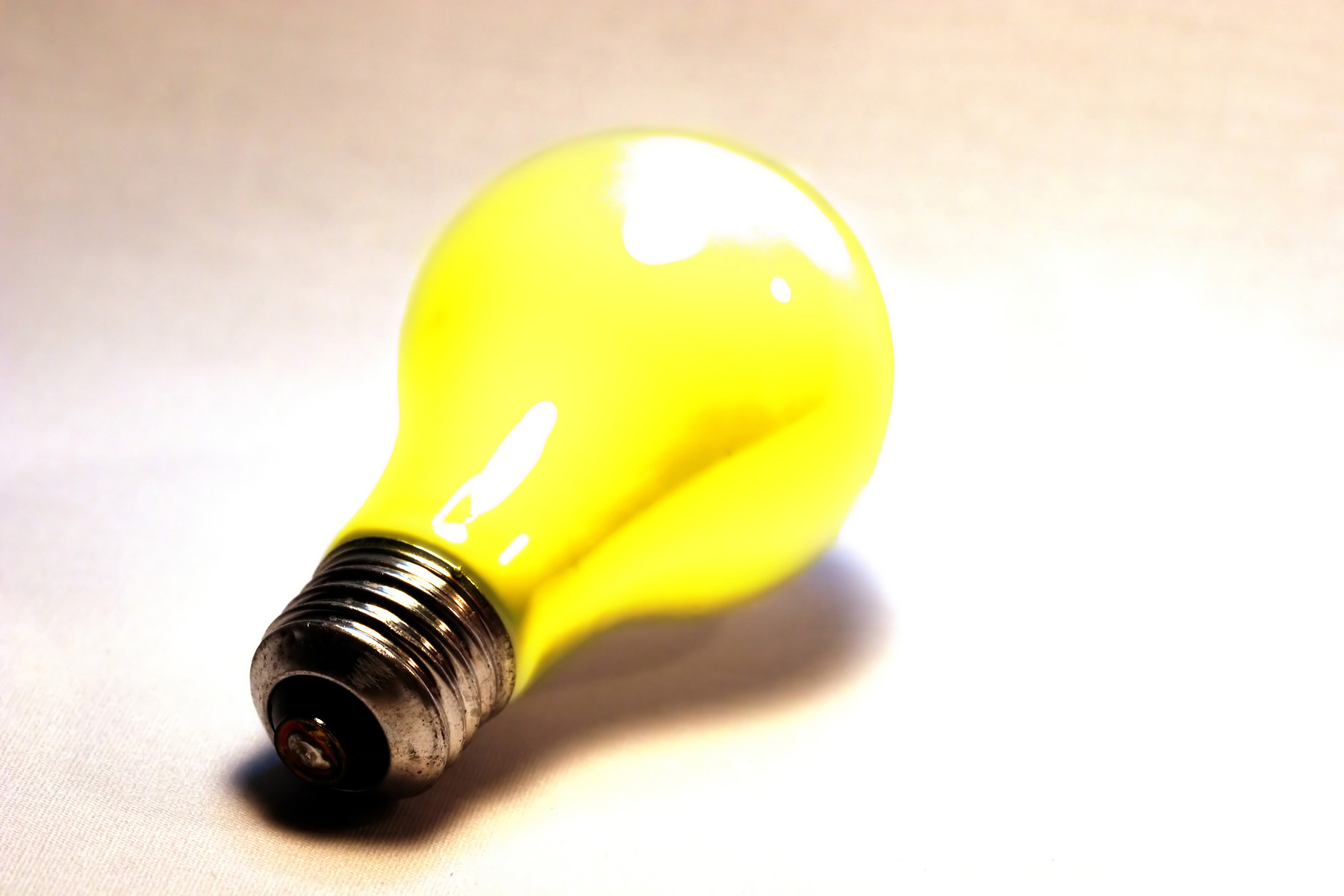Last month, we talked about what “publish-ready” means. This time, we’ll look at basic proofreading. Spell check in Microsoft Word or whatever word processing program you use—is simply not good enough. #amwriting #publishready #selfediting
Much of the following is from Kathy Ide, www.kathyide.com. I attended an extended workshop on editing in 2015 in Hershey, PA. Most, if not all this information is in her book Proofreading Secrets of Best-Selling Authors. I highly recommend this resource. She takes the most common rules from the Chicago Manual of Style and explains them in an easy way.
Spell check in Microsoft Word or whatever word processing program you use—is simply not good enough. Click To TweetCatching Typos
Use spell-check, but don’t rely on it: heals vs. heels, etc. Any word that’s already a word will be passed by spell-check, but even with grammar usage turned on, it’s not always correct.
Read it out loud: our eyes skip over things too quickly. When we read it aloud, we slow down, reading every word. It helps us find errors we never would have seen otherwise. I recently had to do this for a manuscript I was working on, and it helped a lot.
Print it out: Even though a computer simulates the printed page quite well, there’s just something about actually seeing it on real paper.
Proofread backward: I’ve never tried this, but it sounds interesting.
Chapter Titles and Numbers: Especially when adding or deleting chapter, remember to proofread to make sure they’re in proper order. An easy way to do this is to use your search or find function on your word processor.
Paragraph Indents: Generally, most manuscripts ask for a half-inch indent. When you end a scene with either a # (hashtag) or * (asterisk), make sure you’ve taken out the indent for that paragraph alone.
Hyphens, dashes, and ellipses: I always consult a grammar website or the text listed here. Here are a few pointers to help you discern. An ellipses (…) is used for fragmented speech, usually accompanied by confusion, insecurity, or uncertainty. An em dash (—) is for a break in thought or interruption. An en dash (–) is used for consecutive numbers such as 1–10.
Apostrophes and quotation marks: usually it’s font-controlled. Any fonts associated with old typewriter styles usually has the straight marks, such as “ when most publishers would like them curved, like “. One note: if you’re using an em dash at the end of dialogue, put the end quotes in first or it will look like this: “Hello. Are you––“ See what I mean? Begin quotes are put in when you want end quotes. “Hello. Are you––”
If we can learn to catch these simple things ourselves, it will improve the overall appearance of our manuscript, and give us a better chance. Click to Tweet #amwriting #selfediting
How about you? What proofreading secret has helped you the most? Leave a comment and let me know.





 We love helping your growing in your writing career.
We love helping your growing in your writing career.
